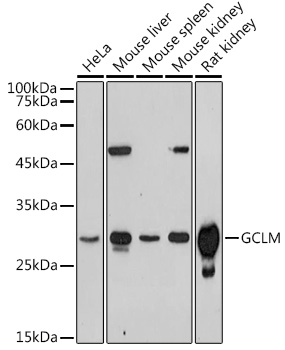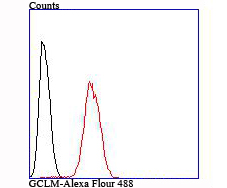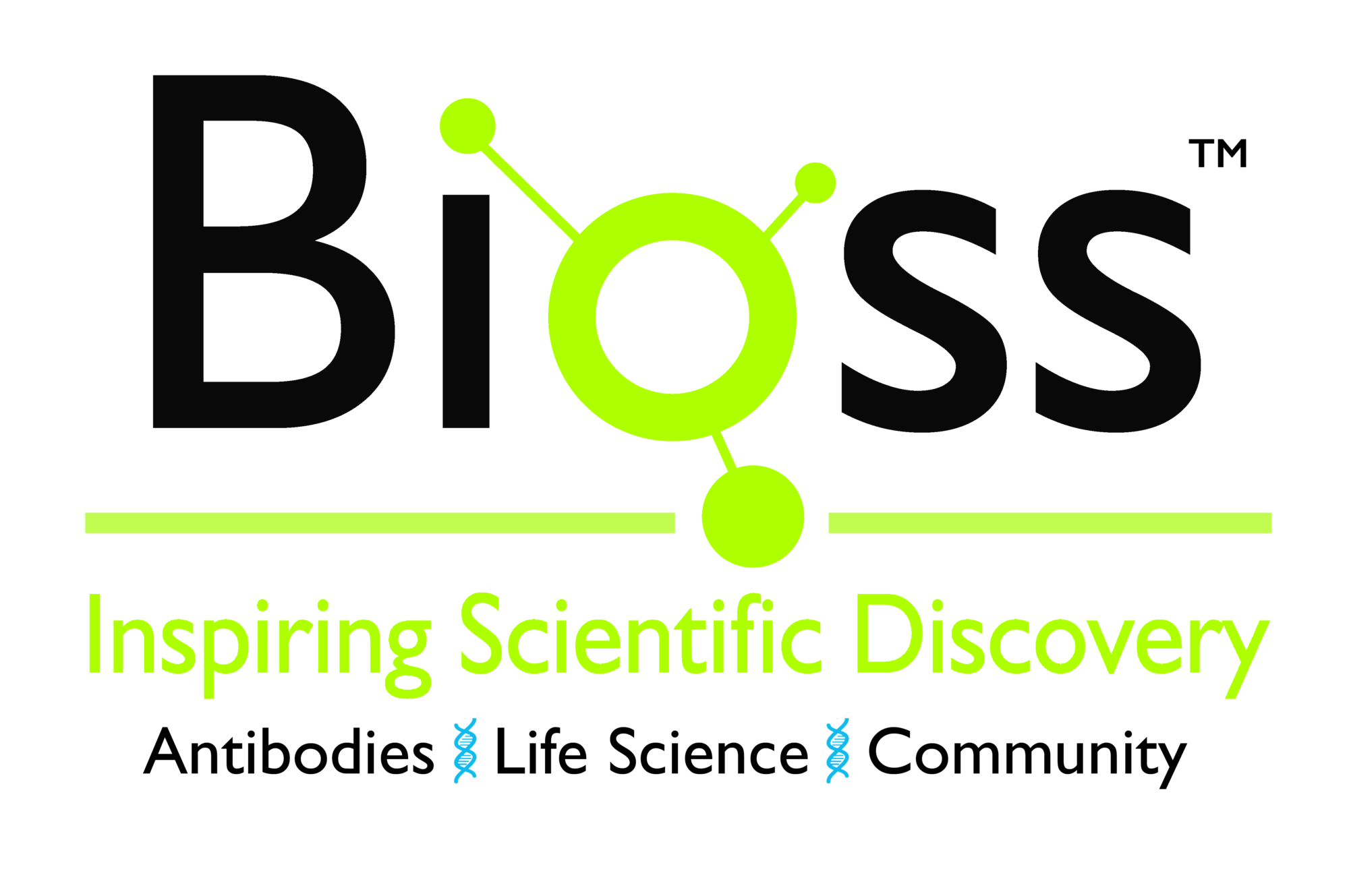
All lanes use the Antibody at 1:3K dilution for 1 hour at room temperature.
Anti-GCLM Monoclonal Antibody
M02948
ApplicationsFlow Cytometry, ImmunoFluorescence, ImmunoPrecipitation, Western Blot, ImmunoCytoChemistry, ImmunoHistoChemistry
Product group Antibodies
TargetGCLM
Overview
- SupplierBoster Bio
- Product NameAnti-GCLM Monoclonal Antibody
- Delivery Days Customer9
- ApplicationsFlow Cytometry, ImmunoFluorescence, ImmunoPrecipitation, Western Blot, ImmunoCytoChemistry, ImmunoHistoChemistry
- CertificationResearch Use Only
- ClonalityMonoclonal
- Clone IDAEOH-7
- Gene ID2730
- Target nameGCLM
- Target descriptionglutamate-cysteine ligase modifier subunit
- Target synonymsgamma-ECS regulatory subunit; gamma-glutamylcysteine synthetase regulatory subunit; GCS light chain; GLCLR; glutamate-cysteine ligase (gamma-glutamylcysteine synthetase), regulatory (30.8kD); glutamate-cysteine ligase modifier subunit delta2 alternative splicing; glutamate-cysteine ligase regulatory protein; glutamate--cysteine ligase regulatory subunit; GSC light chain
- HostRabbit
- IsotypeIgG
- Protein IDP48507
- Protein NameGlutamate--cysteine ligase regulatory subunit
- Scientific DescriptionBoster Bio Anti-GCLM Monoclonal Antibody catalog # M02948. Tested in WB, IHC, ICC/IF, IP, Flow Cytometry applications. This antibody reacts with Human, Mouse, Rat.
- Storage Instruction-20°C
- UNSPSC12352203








